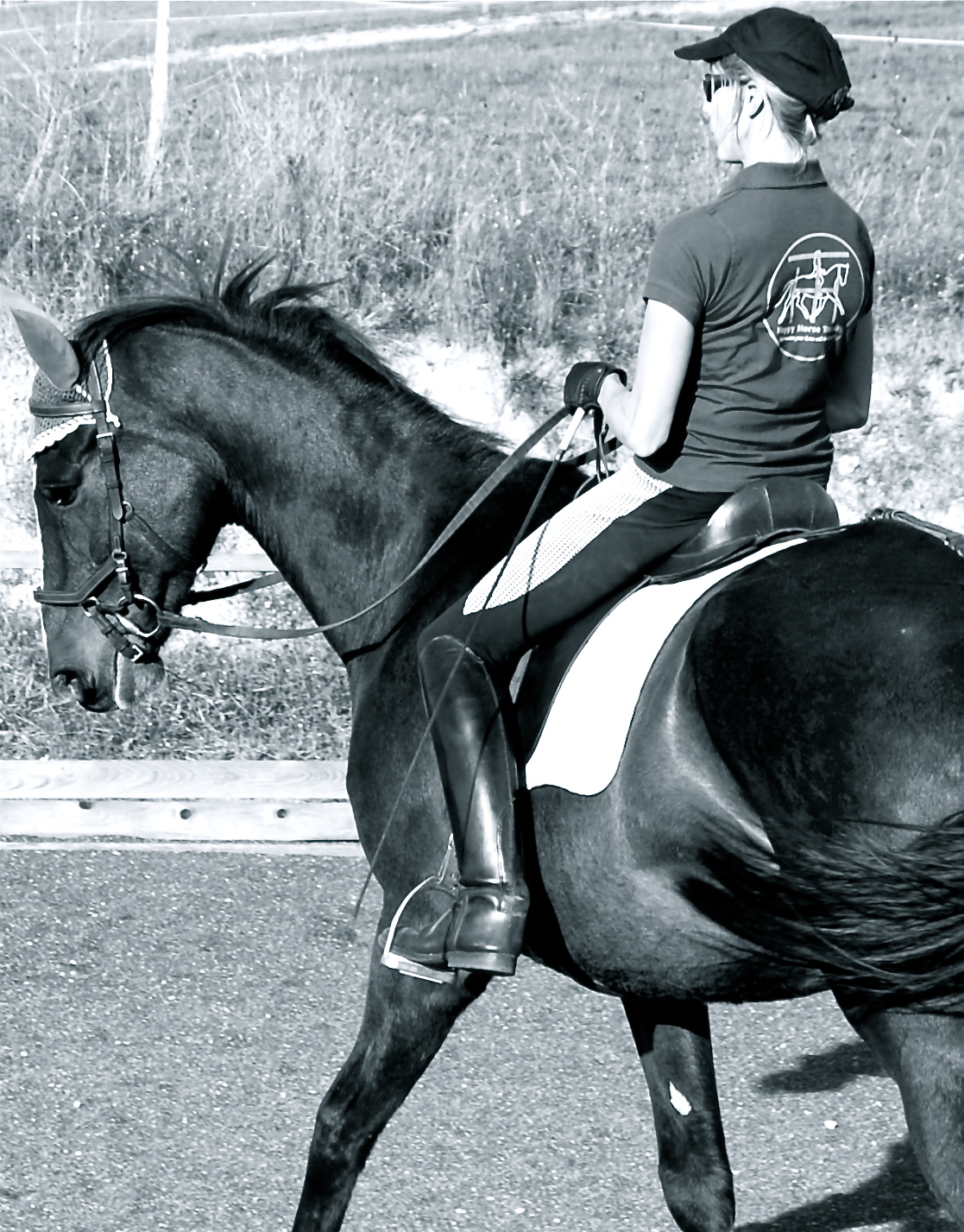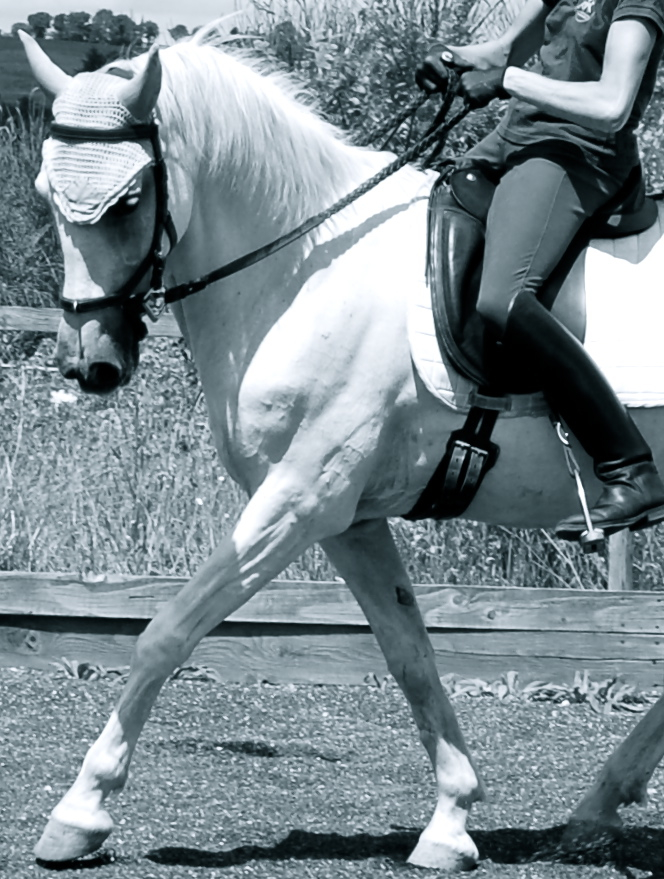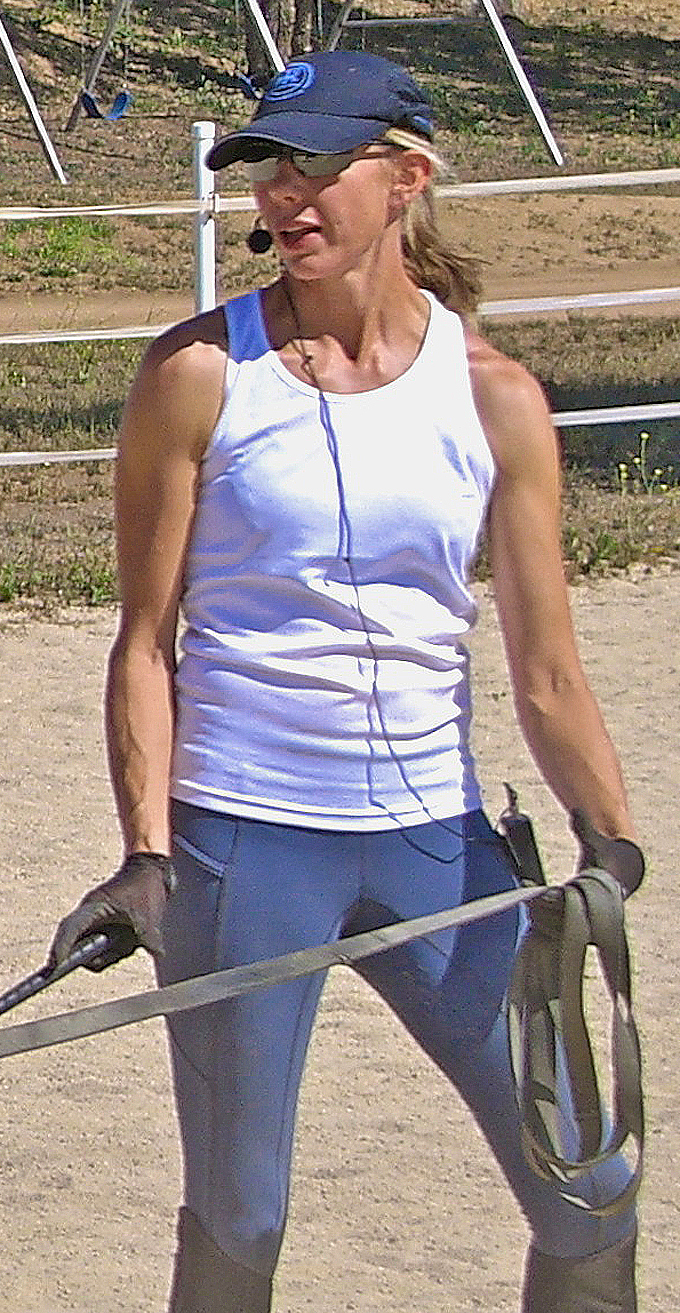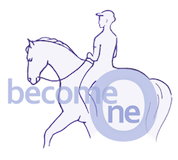About me
My philosophy of equitation is founded on the extraordinary connection we can create with the horse when we allow the combination of feel and correct technique to lead us to true balance.
I believe this perfect state of togetherness and balance is something that many riders are instinctively seeking, especially those who are drawn to dressage riding.

However a lot of people are struggling to get there, as I did for years, due to a lack of clear advice on how to develop their riding skills in a way that really makes a difference to the horse’s way of going. There are just so many distractions to lead us off the path of truly balanced riding, especially since it is not a path that is clearly mapped out by conventional riding methods.
This is why my passion for the last twenty years has been to study the pure postural interaction between horse and rider, from a biomechanical point of view, without allowing any other agenda to put me off course.
I have chosen to give the horse the last word on what correct riding really involves, instead of following conventions or going after appearances and recognition.
I started out my dressage education and my search for answers by studying as many different approaches as possible: reading past and present masters, travelling to watch the teaching of world-reknowned trainers, and then becoming a student of a former pupil of the Spanish Riding School of Vienna.
Then came the enlightening discovery of Charles de Kunffy, in my view the most knowledgable figure, past or present, of gymnastically sound dressage.
His understanding set me sufficiently on the right track to undertake a long period of practical application of a postural approach to riding, developing my own riding skills, training many different and challenging horses, and teaching diverse students on the lunge. Teaching the pure postural interaction between horse and rider on the lunge is immensely valuable because it really tests the validity of your techniques, with no room for superficial appearances and shortcuts.
From the realization that gymnastically sound dressage requires a deep level of calm, trust and well-being, in collaboration my sister Camille, we developed our understanding of a holistic approach to all aspects of horsemanship and horse care. We created Happy Horse Training as an extensive resource of high quality information for those who want to keep horses and work with them in a way that increases their well-being on every level, instead of sacrificing it for superficial goals.
The genuinely independent study of the interaction between horse and rider eventually bore the fruit of a deep understanding of the systematic development of the rider’s posture that brings about a corresponding postural development in the horse. The result of this joint development of horse and rider is the harmony, lightness and unity that is so often described in dressage literature, and so frequently imitated, but that is rarely accomplished for real.
It’s misleading to pretend that acquiring these skills takes no effort, time or determination. Actually it is a challenge that requires us to grow in many ways, from the inside-out.
But what could be a more fantastic way to become a stronger, more confident and empowered, more compassionate and aware person than through the beautiful and timeless art of gymnastically sound riding? Not to mention the profound physical benefits it brings to both horse and human.


I believe that any rider who really wants this connection more than anything else can achieve it, but only with the right support. There are just too many factors going against it to stumble across it on your own.
It is my sincere and heartfelt vocation to share my knowledge with riders who are seeking the magical experience of becoming one with their horse.
Writing my book, The Gymnastic Rider, was an important step in doing this. The positive feedback I received from riders who found their connection with their horse transformed by applying the methods described in the book confirmed for me the universality of these principles. However, as with the short residential teaching courses I offer from my base in the south-west of France, and travelling to give international teaching clinics, there was still the missing link of not being able to guide riders through the gymnastic process over a sufficient length of time to make the changes really stick and become a cohesive whole.
There’s no getting around the fact that it takes time and dedication to become a skilled, posturally effective rider. Unless you have support from someone who understands the process, you’re likely to give up or change course before you break through to recognisable results.
Coaching makes supporting the rider’s learning process over an extended period possible in a unique and powerful way, without the limitations of distance and time involved in traditional teaching.
By breaking down these barriers, my hope is that the understanding of correct principles of riding will spread, and more horses will benefit from a liberating and empowering way of being ridden, instead of the stress and discomfort of restrictive and forceful techniques.
~ Gabrielle Dareau
